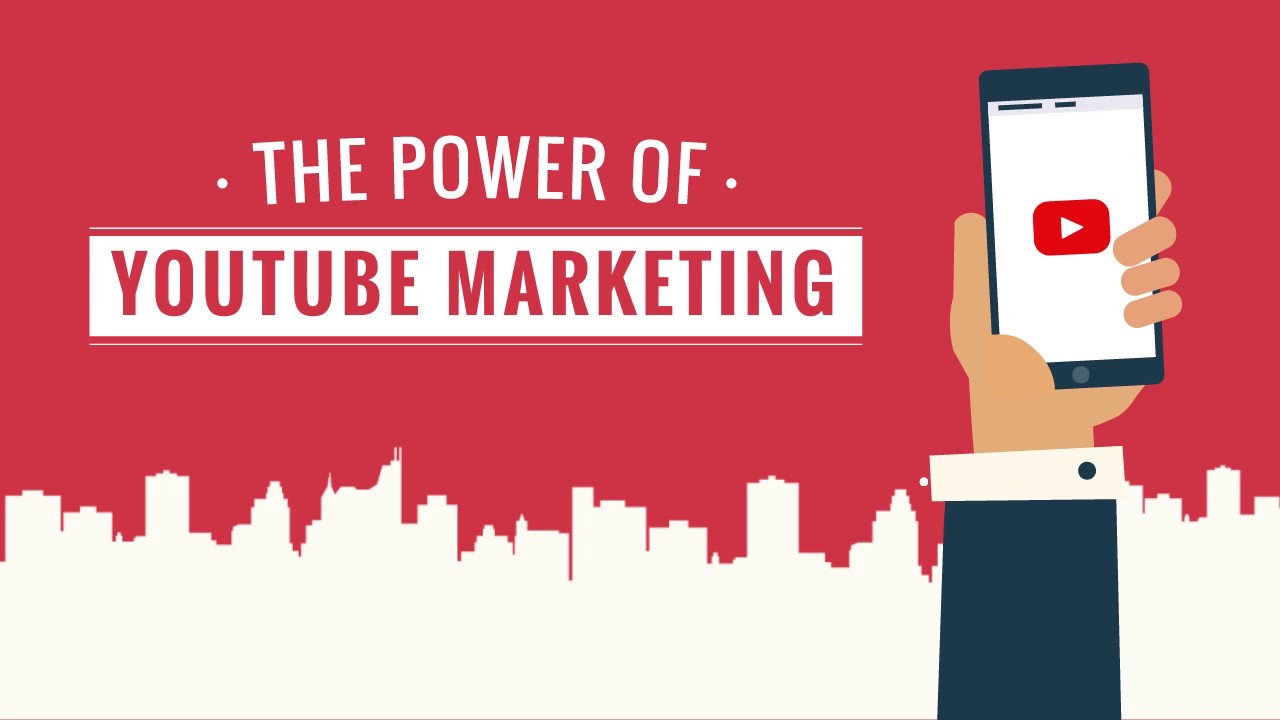In the ever-evolving landscape of digital marketing, platforms come and go, but YouTube has stood the test of time, transforming from a simple video-sharing site to a powerful marketing tool. Over the years, YouTube has not only shaped online entertainment but has also become a go-to platform for businesses to connect with their audience. In this blog, we’ll explore the evolution of YouTube as a marketing platform and delve into the strategies that have made it an indispensable part of many successful Youtube SMM panel.
Early Days: Cat Videos and Viral Sensations
YouTube started in 2005 as a platform for users to share their homemade videos. It quickly gained popularity with quirky content, including cat videos, funny sketches, and unexpected viral sensations. As the platform grew, so did the opportunity for marketers to tap into this vast audience.
Rise of User-Generated Content:
The concept of user-generated content (UGC) became synonymous with YouTube’s success. Brands realized the potential of leveraging user-created videos to promote products and services. By encouraging consumers to share their experiences, companies could harness the power of authentic recommendations.
YouTube as a Search Engine:
As the second-largest search engine globally, YouTube is not just a video-sharing platform but also a massive repository of information. Users turn to YouTube to find tutorials, reviews, and product demonstrations. Savvy marketers recognized the importance of optimizing content for YouTube’s search algorithms, enhancing visibility and discoverability.
Monetization and Partner Programs:
YouTube’s Partner Program, launched in 2007, allowed content creators to earn money through ad revenue. This move incentivized creators to produce high-quality, engaging content, attracting both viewers and advertisers. Marketers began to see YouTube as not only a promotional platform but also a potential revenue stream.
The Advent of Influencer Marketing:
YouTube gave rise to a new breed of celebrities—YouTubers. These content creators amassed massive followings, and marketers saw an opportunity to collaborate with them for influencer marketing. Authentic endorsements from trusted personalities proved to be a highly effective way to reach target audiences.
Shift to Long-Form Content:
While YouTube was initially known for short and snappy videos, the platform witnessed a shift towards longer-form content. Marketers adapted to this change by creating in-depth, educational, and entertaining videos that could keep viewers engaged for extended periods, fostering stronger connections between brands and consumers.
Live Streaming and Interactive Content:
YouTube Live emerged as a powerful tool for engagement. Brands began live streaming events, product launches, and Q&A sessions, providing real-time interaction with their audience. This interactive element allowed marketers to build a sense of community and foster brand loyalty.
Mobile Dominance and Short-Form Content:
As mobile usage skyrocketed, YouTube adapted with the introduction of short-form content through features like YouTube Shorts. Marketers started creating snackable content tailored for on-the-go consumption, capturing the attention of the mobile-centric audience.
Analytics and Data-Driven Strategies:
YouTube’s robust analytics tools enabled marketers to gain insights into viewer behavior, demographics, and preferences. Armed with this data, marketers could refine their strategies, tailoring content to the specific needs and interests of their target audience.
The Future: Virtual Reality and Augmented Reality:
Looking ahead, YouTube is exploring the realms of virtual reality (VR) and augmented reality (AR). As technology continues to advance, marketers may find new and immersive ways to connect with audiences, further pushing the boundaries of what is possible on the platform.


